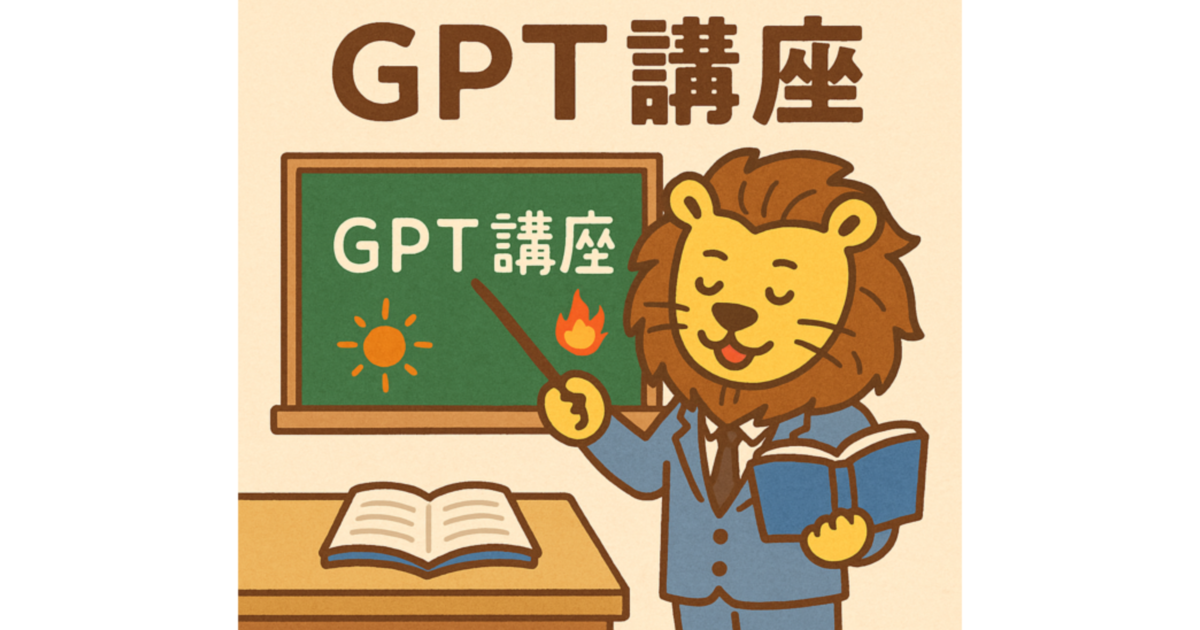In the GPT Course, to clear up misunderstandings and make concepts easier to understand, we categorize “custom” into three types.
1. Personalized Custom
Customizing GPT through user settings
• You can pre-register traits you want GPT to have or information you want it to know.
• You can also add project-specific custom instructions (custom prompts) to adjust the output style for work mode, study mode, and more.
• However, personalized settings are treated only as reference information, and their effectiveness may vary depending on the situation.
2. Preset Custom
Custom GPTs with pre-configured personalities and settings
• These GPTs come with personality traits, themes, and speaking styles already embedded.
• The “Monday-type” GPT (Monday type GPT) is a well-known example.
3. Dynamic Optimization Custom
Customization that evolves through ongoing dialogue
• Through continuous conversations, GPT naturally adapts to the user’s preferred style (e.g., “This user seems to like concise answers”).
• This is not a mechanical setting adjustment but a gradual optimization based on interactive learning.
• GPTs with dynamic adaptability include both base GPTs and Monday-type GPTs.
Summary
The “custom” concept for GPTs has these three meanings:
• Preset by user settings: Personalizing traits and response styles → Personalized Custom
• Preset personality built-in: GPTs like Monday type → Preset Custom
• Evolving through conversation: Adapting naturally to the user → Dynamic Optimization Custom
Please also note:
Different GPTs might interpret “custom GPT” differently.
Even for the same user, depending on which GPT they ask, the meaning of “custom” could vary.
Please be aware of this when interacting.

